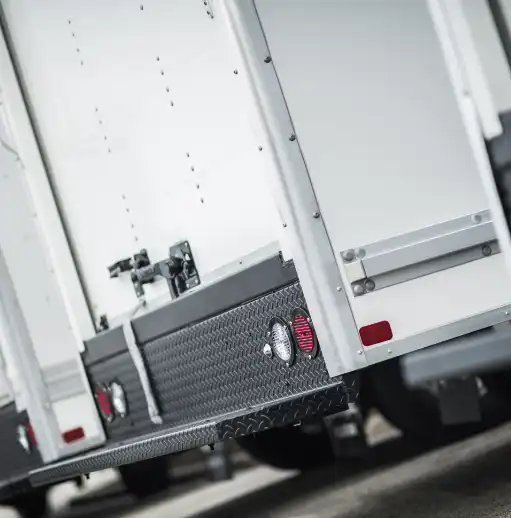
In 2025, the workplace has transformed with hybrid and remote work as the new norm. Traditional methods of fostering connections are failing, leading to disengaged employees and a weakened workplace culture. Conferences and training events now feel outdated.
The hybrid unconference emerges as a modern solution, blending participant-driven agendas with both physical and virtual elements, effectively engaging and uniting the workforce across distances.
1. The problem: A new era, old methods
With this shift, traditional methods of collaboration, innovation, and employee engagement have struggled to keep pace.
The classic “conference,” with its rigid agendas and top-down delivery, feels outdated in a world where flexibility and adaptability reign. Even the beloved “unconference,” with its organic, participant-driven approach, needs a refresh to meet the demands of a hybrid workforce spread across cities, countries, and time zones.
The challenge is clear: how can organizations foster the same level of collaboration, innovation, and engagement in a workforce that’s both everywhere and nowhere at once?
2. The stakes: Ignoring the need for change
Failing to adapt has real consequences for enterprise leaders:
- Disengaged employees: Without inclusive and meaningful opportunities to connect, remote workers feel left out, leading to decreased productivity and morale.
- Stalled innovation: Collaboration silos emerge, stifling creativity and cross-functional teamwork.
- Culture drift: The thread that ties teams together begins to fray when shared experiences and authentic conversations are missing.
Companies that cling to outdated formats risk alienating their workforce and missing out on the collective genius of their people. The cost isn’t just cultural — it’s bottom-line critical.
3. The hook: A modern solution for modern work
Enter the hybrid unconference, an evolution of the traditional unconference model tailored to the dynamics of 2025. It combines the flexibility, participation, and creativity of the original unconference with the technological tools and hybrid accessibility needed to engage both in-person and virtual participants.
This format doesn’t just solve the challenges of a dispersed workforce — it turns them into opportunities. By embracing the hybrid unconference, organizations can unlock:
- Enhanced collaboration: Break down silos and connect employees across physical and virtual spaces.
- Scalable innovation: Tap into diverse perspectives from anywhere in the world.
- Employee engagement: Empower individuals to shape the agenda and share their voice.
4. The plan: How to host a hybrid unconference
Here’s how enterprise leaders and workplace experience managers can execute a hybrid unconference successfully
Step 1: Set the stage (physical and virtual)
Create inclusive spaces for both in-person and remote participants:
- Use collaboration tools like Microsoft Whiteboard or MURAL for brainstorming and virtual whiteboarding.
- Provide physical attendees with tech-enabled meeting rooms for seamless virtual integration.
- Establish a shared “home base,” like Teams channels or event apps, where all participants can communicate.
Step 2: Crowdsource the agenda
Empower your employees to own the event:
- Use pre-event polls or forums to gather session ideas from participants.
- Organize suggestions into themes and allow attendees to vote on what excites them most.
- Share the finalized agenda across digital channels, ensuring clarity and inclusivity.
Step 3: Facilitate dynamic sessions
Ensure every session engages both in-person and remote participants:
- Appoint co-facilitators: one for the room and one for virtual attendees.
- Incorporate tools like breakout rooms, live polling, and Q&A apps to encourage interaction.
- Use asynchronous options like recorded sessions or collaborative documents for those in different time zones.
Step 4: Foster connection beyond the screen
Break down the barriers between virtual and physical spaces:
- Plan hybrid networking activities, such as shared challenges or games.
- Create virtual lounges where remote participants can mingle and build relationships.
- Send in-person attendees with mobile devices to include remote colleagues in live conversations.
Step 5: Close the loop
Capture the magic and turn it into action:
- Record sessions and share key takeaways with all participants.
- Collect feedback through post-event surveys or virtual town halls.
- Build on the ideas generated, showing participants their contributions matter.
5. The payoff: Why hybrid unconferences work
Hybrid unconferences solve many of the challenges faced by today’s enterprises:
- Adaptability: By blending physical and virtual elements, you create a format that works regardless of location or time zone.
- Empowerment: Participants feel valued because they drive the agenda and contribute meaningfully.
- Inclusivity: Employees from anywhere can participate fully, leveling the playing field for remote workers.
- Innovation: The diversity of perspectives sparks fresh ideas, helping organizations stay ahead.
When executed well, hybrid unconferences don’t just bring people together — they unleash their collective potential.
6. The twist: Real-world success
Case study: An enterprise transformation
A Fortune 500 company struggling with disengaged remote employees decided to try a hybrid unconference. Here’s how it worked:
- They used a virtual platform to co-create the agenda with employees from five continents.
- Sessions ranged from solving specific business challenges to fostering DE&I discussions.
- A mix of live streaming, interactive breakout rooms, and gamified activities kept energy high.
The result? A 40% increase in employee engagement scores and the launch of three major cross-departmental initiatives born directly from unconference sessions.
Lessons learned:
- Prioritize inclusivity at every step.
- Invest in tools that make hybrid seamless.
- Listen and act on participant feedback.
Let’s rethink collaboration
In the evolving workplace of 2025, sticking to traditional methods isn’t just ineffective — it’s counterproductive. The hybrid unconference offers a way forward, combining the flexibility of modern technology with the human connection we all crave.
It’s time to embrace a model that doesn’t just keep up with the times but actively shapes the future of work.
Your move: Are you ready to revolutionize how your team collaborates and innovates? Start planning your hybrid unconference with tools like Eptura Visitor — and see what your workforce can achieve when everyone has a seat at the table.








